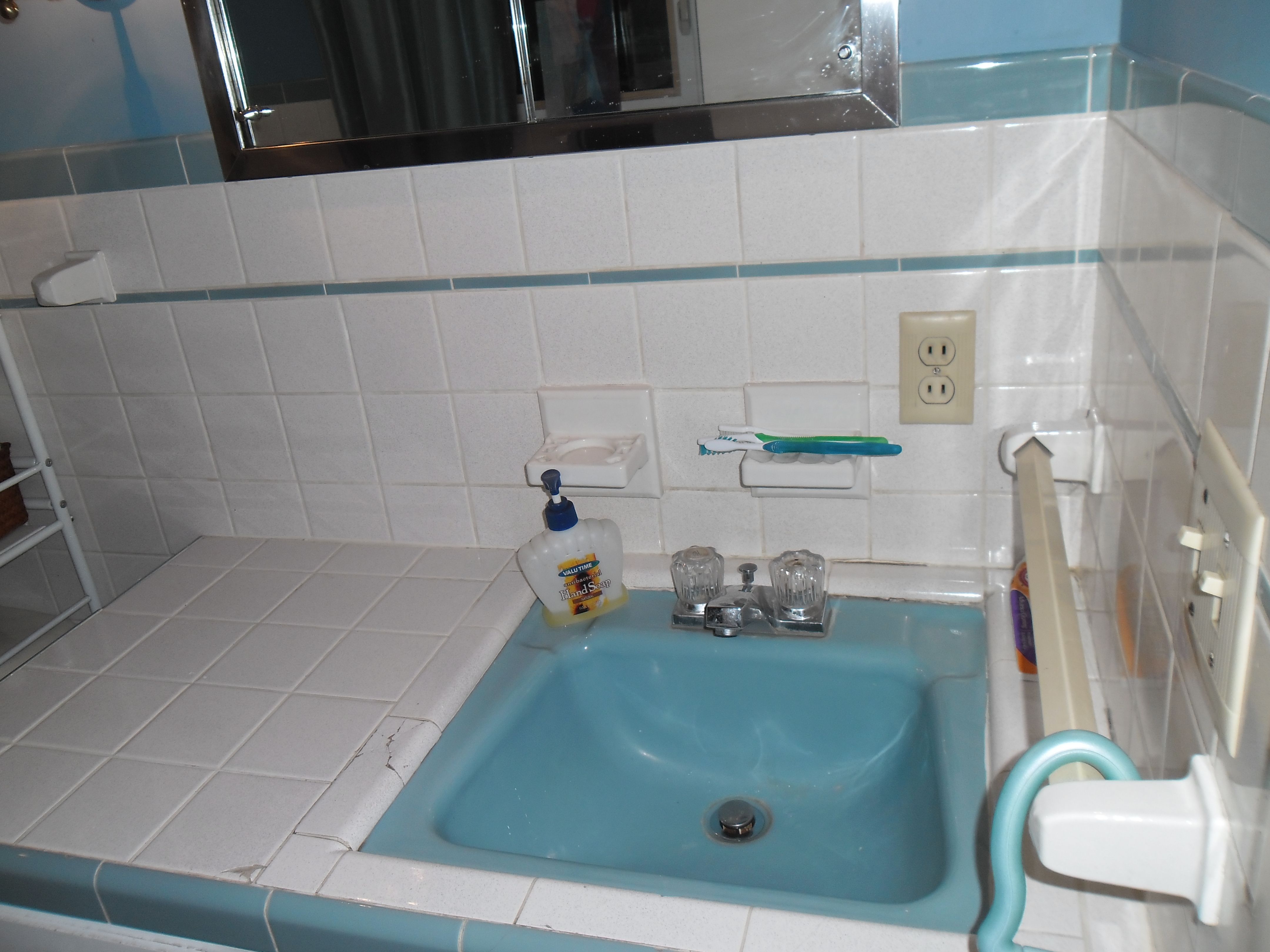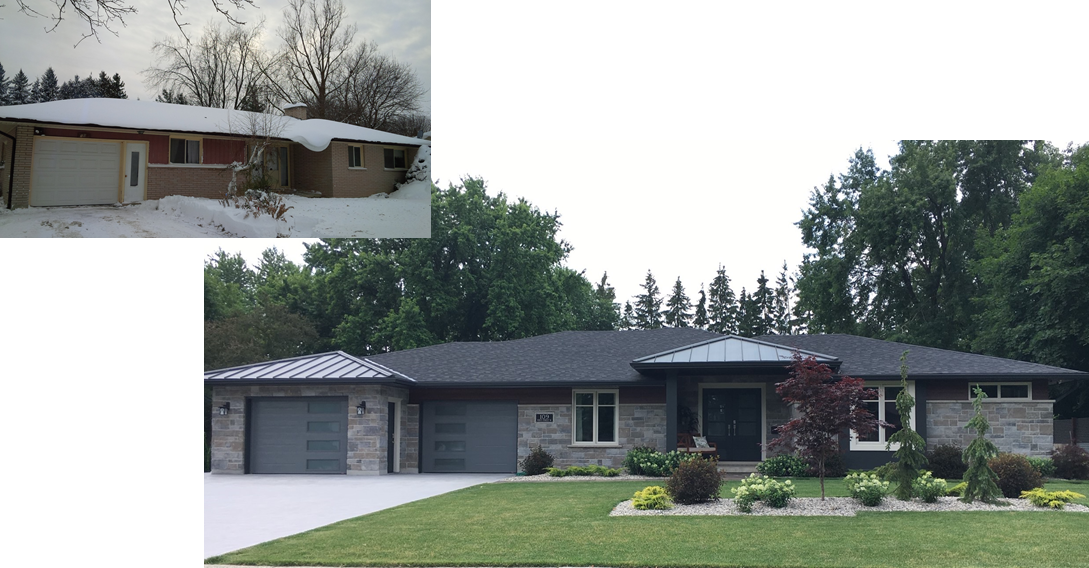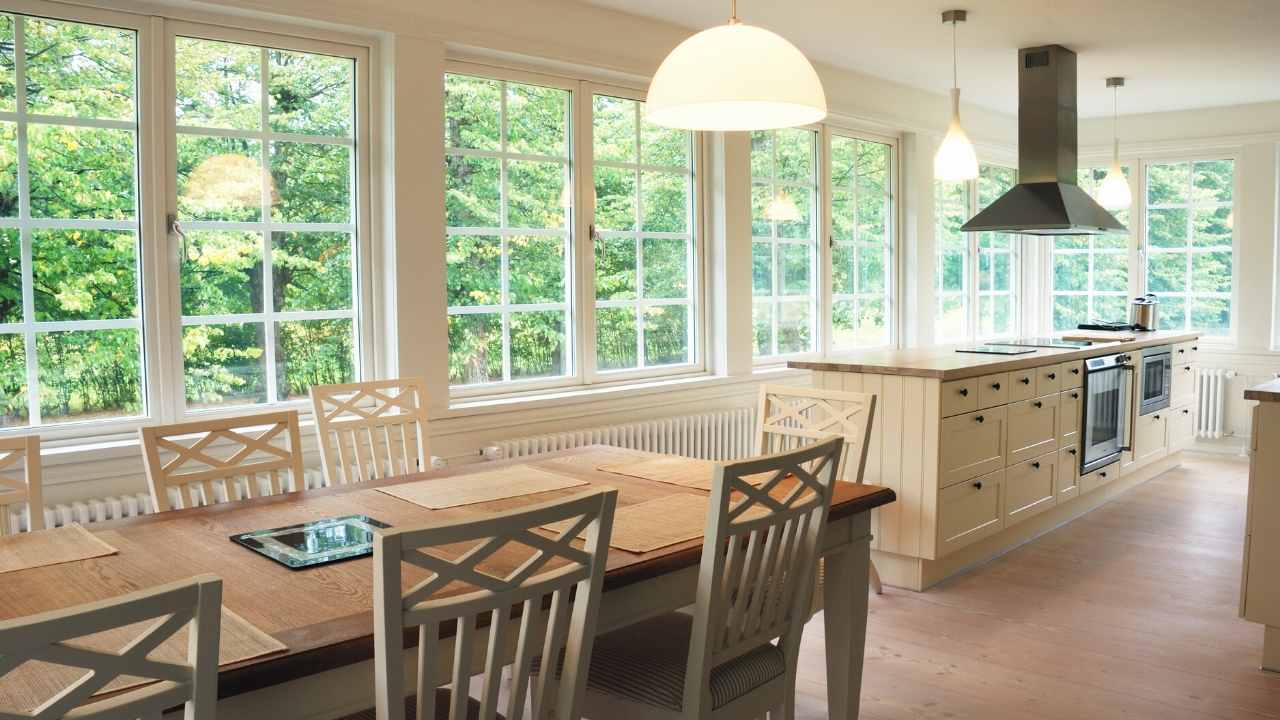
You'll be happy to learn that there are many financing options available if you're looking for a new bathroom or kitchen. Fannie Mae and RenoFi offer home remodeling loans. But which one is right? Learn more. The right loan for your home remodel can help you save both time and money. Here are some tips to choose the best home remodeling loan for your specific situation.
Fannie Mae
You might need two loans if you are planning to make home renovations. One loan is for the actual project, and the other is to refinance your existing mortgage. But a Fannie Mae home remodeling loan is a great solution. It is less popular than FHA 203k, but can offer a better option to many borrowers. Here are the details:
Fannie Mae HomeStyle Loans, unlike conventional loans, pay funds at closing to finance both the purchase and renovation. The applicant must find a qualified contractor and provide detailed plans. After reviewing the work, the lender sends funds to the contractor. The process limits fraud but creates an administrative headache. It can make your home more valuable and help you get the most out of it. Fannie mae home remodeling loans may be an option for you if your search for a mortgage has been long.
Wells Fargo

A Wells Fargo home remodel loan might be right for you if you are looking to upgrade your kitchen or HVAC system or any other home improvement projects. This type of loan is ideal for large projects, but with lower terms if you're focusing on smaller improvements, like a new bathroom or bedroom, you can save money while remodeling your home with a personal loan from Wells Fargo.
Home improvement loans let you borrow against the equity of your home to pay for a remodel. These loans can be repaid over a period of one to fifteen year. You'll also have to make regular fixed payments in order to repay the loan. Personal loans, however, are unsecure and don't require collateral. Although a home equity loan is typically used for major home improvement projects, it can also be used as a way to pay for college costs or medical bills.
Start
Upstart offers personal loan options for remodeling projects. This allows borrowers to finance home improvements. This is a rare option as many lenders offer only general-purpose personal loans that can be used for a wide range of purposes. Visit WalletHub.com if you want to learn more about Upstart’s mortgage loan offerings for home remodeling. You can also compare Upstart's home renovation loan offers to those offered by other banks. Upstart is a great option for financing remodeling projects or unexpected expenses.
Upstart does not charge penalties for early repayment of the loan amount, but it does have some minimum loan requirements. Upstart will deduct origination fees of up to 8% from the loan amount. Upstart also has a minimum loan amount of $20,000. This could make Upstart's loans attractive to borrowers with poor credit. However, if you are looking for a larger loan amount, you may want to shop around.
RenoFi

RenoFi now makes it possible to finance your home improvement projects up to 90% easier. Two types of home improvement loans are available: a fixed-rate equity loan and a variable credit line. Although both types of loans are subject to fees, the interest rates for each loan will be lower than those associated with a conventional 203k loan.
RenoFi offers home remodeling loans that are comparable to traditional construction loans. The company uses a fintech platform that assesses the applicant's financial situation, runs renovation underwriting, evaluates post-renovation costs, and conducts renovation underwriting. These details will enable homeowners to obtain the most money possible for their renovations at a lower rate. RenoFi will approve the loan funds within 30 working days. This means that there is a lot of demand for the product.
FAQ
Are there permits needed to renovate my house
Yes. Permits will be required for any home-improvement project. You will require a building permit as well as a plumbing permit in most cases. You might also require a zoning permission depending on which type of construction is being undertaken.
Is it more cost-effective to hire a subcontractor or a general contractor?
Hiring a general contract is typically more costly than hiring subcontractors. General contractors usually have many employees. This means that they charge their clients much more for labor. A subcontractor on the other side only employs one person, so he/she charges less per-hour.
How much does it take to renovate a home?
Renovations typically cost anywhere from $5,000 to $50,000. Most homeowners spend around $10,000 to $20,000 on renovations.
How can I quickly sell my house without having to pay any realtor fees?
It is important to start looking for buyers as soon as possible if you wish to quickly sell your home. This means that you should accept any offer from the buyer. But, you may lose potential buyers if your wait is too long.
Statistics
- Most lenders will lend you up to 75% or 80% of the appraised value of your home, but some will go higher. (kiplinger.com)
- On jumbo loans of more than $636,150, you'll be able to borrow up to 80% of the home's completed value. (kiplinger.com)
- A final payment of, say, 5% to 10% will be due when the space is livable and usable (your contract probably will say "substantial completion"). (kiplinger.com)
- Rather, allot 10% to 15% for a contingency fund to pay for unexpected construction issues. (kiplinger.com)
- They'll usually lend up to 90% of your home's "as-completed" value, but no more than $424,100 in most locales or $636,150 in high-cost areas. (kiplinger.com)
External Links
How To
How do you plan a complete home remodel?
Planning a whole-house remodel requires planning and research. Before you begin your project, there are many things to think about. The first thing you need to decide is what kind of home improvement you want to make. You could choose from different categories such as kitchen, bathroom, bedroom, living room, etc. Once you know which category you would like to work on, you'll need to figure out how much money you have available to spend on your project. If you are new to working in homes, budget at least $5,000 for each room. You might be able get away with less if you have previous experience.
After you have determined how much money you have available, you can decide how big of a project you would like to undertake. A small kitchen remodel will not allow you to install new flooring, paint the walls, or replace countertops. You can do almost everything if you have enough cash for a full-scale kitchen renovation.
Next, you need to find a contractor who is experienced in the type project that you want. This will ensure you get quality results and save you a lot of hassle later. Once you have hired a contractor, gather materials and other supplies. You may need to purchase everything from scratch depending on the size and scope of your project. However, it is possible to find everything you need in a variety of shops that sell premade items.
Once you've collected all the materials you will need, you can begin to plan. To begin, draw a sketch of where you would like to place furniture or appliances. The next step is to design the layout of the rooms. It is important to allow for electrical and plumbing outlets. Make sure to position the most visited areas close to the front door. Visitors can also easily access them. Final touches to your design include choosing the right colors and finishes. In order to avoid spending too much money, stick to neutral tones and simple designs.
Now it's time to build! It's important that you check the codes in your area before you start construction. Some cities require permits. Other cities allow homeowners without permits. When you're ready to begin construction, you'll first want to remove all existing floors and walls. The next step is to lay plywood sheets on your new flooring. Next, you'll attach the wood pieces to the frame of your cabinets. Lastly, you'll attach doors and windows to the frame.
When you're done, you'll still have a few finishing touches to do. You will likely need to cover exposed wires and pipes. You will need to use tape and plastic sheeting for this purpose. You'll also want to hang pictures and mirrors. You should always keep your work area clean.
You'll have a functional home that looks amazing and is cost-effective if you follow these steps. Now that your house renovation plan is in place, you can get started.